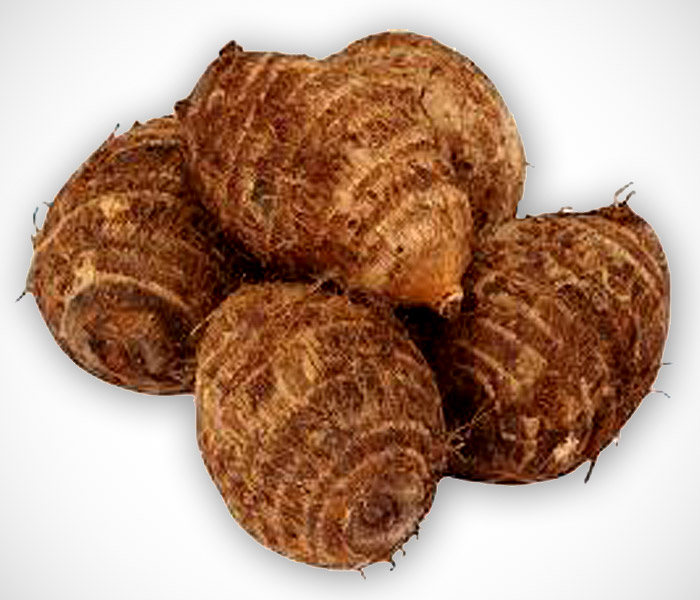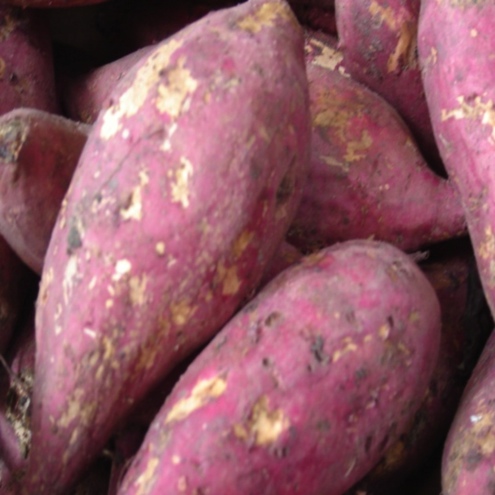Exotic Vegetables of Costa Rica: Part 1
ÑAMPI, also known as taro
 Ñampi is a root vegetable that must be cooked well and shouldn't be eaten raw. In its raw form, it contains calcium oxalate which, when ingested, can cause kidney stones. When boiled, it's best to put in a pinch of baking soda to help leach out the calcium oxalate from the vegetable.
Ñampi is a root vegetable that must be cooked well and shouldn't be eaten raw. In its raw form, it contains calcium oxalate which, when ingested, can cause kidney stones. When boiled, it's best to put in a pinch of baking soda to help leach out the calcium oxalate from the vegetable.
Taro can be boiled or fried in the same way as a potato. It's a great addition to soups or curry dishes.
Ñampi is nutritious and is an excellent source of potassium. It also contains some calcium, vitamin C, vitamin E and vitamin B. It is also a good source of magnesium, manganese and copper. Taro leaves contain good amounts of vitamins A and C plus three times the fiber that potatoes have and a relatively high amount of protein.
Camote also known as sweet potato
 This starchy root vegetable is rich source of flavonoid anti-oxidants, vitamins, minerals, and dietary fiber that are essential for optimal health.
This starchy root vegetable is rich source of flavonoid anti-oxidants, vitamins, minerals, and dietary fiber that are essential for optimal health.
The Camote can be prepared in ways similar to a potato or yam. Some cultures prepare it by mashing the cooked vegetable and adding butter and spices. Others make a traditional holiday meal with marshmallows on top. In Costa Rica, there are many ways to use Camote such as in soups, mashed, fried as chips or steamed. Some empanadas are stuffed with the sweet tasting root vegetable for a real treat.
TIQUISQUE - also known as xanthosoma elephant ear
 The Tiquisque is very similar to the ñampi but with a different exterior (less hairy) and a slightly different flavor. Both are cooked in similar ways with the same precaution to cook it well before eating. On occasion, the exterior of the vegetable can cause skin irritation.
The Tiquisque is very similar to the ñampi but with a different exterior (less hairy) and a slightly different flavor. Both are cooked in similar ways with the same precaution to cook it well before eating. On occasion, the exterior of the vegetable can cause skin irritation.







